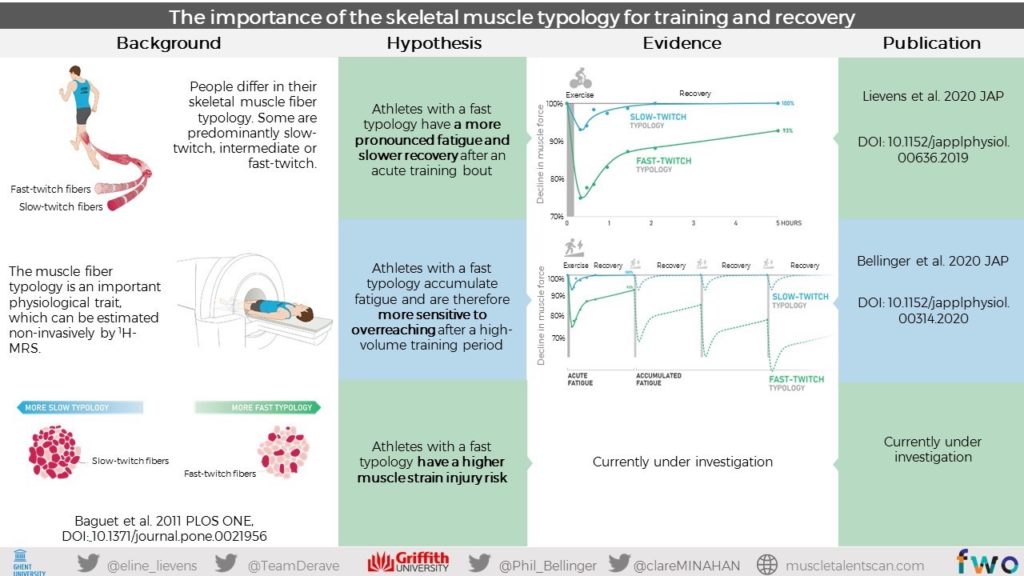The differences in the muscle typology of world-class cyclists competing in different disciplines could help determine discipline selection and talent identification of young cyclists a new study has found.
Researchers from Griffith University’s School of Allied Health Sciences and Ghent University, Belgium analysed the ratio of fast and slow-twitch muscle fibres of 80 cyclists (including BMX, track, cyclo-crossers, cross-country and mountain bikers) from Australia, UK, the Netherlands, New Zealand and Germany.
Using a non-invasive technique, they measured the carsonine (a molecule linked to improved cell performance), levels in the athletes’ calves.
“The invasive nature of muscle biopsies, typically required to evaluate muscle typology, does not allow us to study the world’s best athletes given this procedure is disruptive to their training and met with resistance,’’ said lead researcher Dr Phil Bellinger.
“We have been working with our colleagues at Ghent University to apply the non-invasive technique to improve talent identification and training individualisation with elite athletes.”
The researchers found BMX and sprint cyclists possess more fast-twitch muscles fibres while endurance cyclists and mountain bikers have more slow-twitch muscle fibres.
“A higher proportion of fast fibres is essential in sprint events such as BMX racing where a fast start is crucial, but also for road sprinters who produce a high intensity burst of speed at the end of a race.”
Physiological factors involved in successful endurance cycling include a high maximal aerobic power (VO2 max), high lactate threshold and a high proportion of slow-twitch muscle fibres. Slow-twitch fibres are characterised by a high resistance to fatigue, enabling sustained high-power outputs for longer periods.
“While many track and field studies have shown that elite endurance athletes possess slow-twitch muscle fibres and elite sprint athletes with predominantly fast-twitch, Dr Belliger said it was the first study investigating the muscle typology in a large group of elite cyclists.

“While we found both slow and fast twitch muscle types in all the cyclists, when grouping them according to their main discipline, clear patterns emerged with both BMX and track cyclists possessing a faster typology when compared to cyclo-cross, road and mountain bike cyclists.
“BMX racing can be characterised as an all-out sprint discipline with race times not exceeding 45s at the elite level. Track sprint cyclists also need fast fibres to produce a high pedalling frequency, but we found track cyclists excelling in track endurance events had an intermediate muscle typology as this event stresses both aerobic and anaerobic metabolism.”
The study found the individual pursuit, single-stage, cyclo-cross, mountain bike and multi-stage cyclists have a slow typology as these are mostly aerobically-based disciplines.
“As the muscle typology correlates well with the ideal discipline and event in both male and female cyclists of all professional levels, it may be a relevant factor for talent identification and talent transfer,” Dr Bellinger said.
Muscle Typology of World-Class Cyclists across Various Disciplines and Events is published in Medicine & Science in Sports and Exercise.
